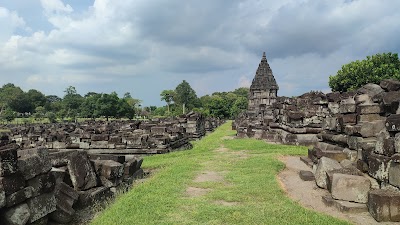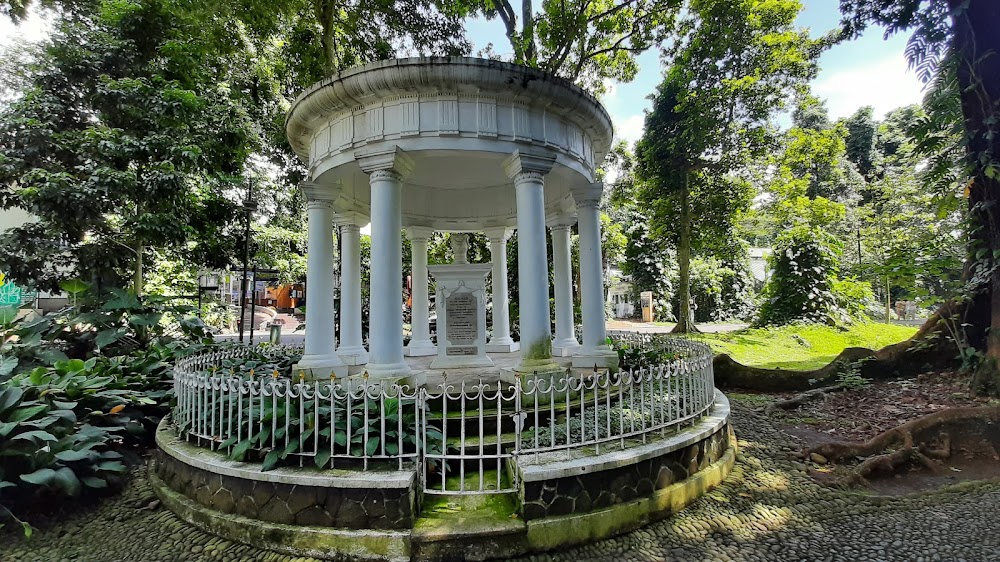Prambanan Temple (Candi Prambanan)
Overview
Prambanan Temple, also known as Rara Jonggrang, is a stunning 9th-century Hindu temple complex nestled in Central Java, Indonesia. As one of the largest Hindu temples in Southeast Asia and a UNESCO World Heritage Site, it beautifully encapsulates the rich history and culture of Indonesia. While it may often be overshadowed by the more renowned Borobudur Temple, Prambanan offers an equally mesmerizing insight into the country’s ancient past.
Constructed around 850 CE during the reign of the Sanjaya Dynasty, Prambanan is dedicated to the three principal Hindu deities: Brahma the Creator, Vishnu the Preserver, and Shiva the Destroyer. Although it faced periods of neglect and decay, the complex has undergone extensive restoration, allowing visitors to appreciate its architectural splendor and historical significance.
The temple complex is characterized by several towering structures, with three main temples dedicated to each of the principal Hindu gods taking center stage. The central Shiva temple, the tallest of the trio, rises to an impressive height of 47 meters (154 feet) and is adorned with intricate carvings that depict various scenes from Hindu mythology. The adjacent Brahma and Vishnu temples are equally remarkable, showcasing the artistry and craftsmanship of ancient builders.
Beyond the main temples, Prambanan is home to a total of 240 temples of varying sizes, including three Vahana temples dedicated to the mounts of the gods and numerous smaller shrines adorned with intricate carvings. The vast number of temples within the complex creates an overwhelming sense of awe, highlighting the architectural brilliance and spiritual devotion of its creators.
One enchanting aspect of Prambanan is the legend of Rara Jonggrang, which adds a layer of mystique to the site. According to local folklore, the beautiful princess Rara Jonggrang was compelled to marry the powerful Bandung Bondowoso. To escape the union, she set an impossible challenge: Bandung had to construct a thousand temples in one night. With the aid of supernatural beings, he nearly succeeded, but Rara Jonggrang deceived him by tricking the locals into believing dawn had arrived. Enraged, Bandung cursed her to become stone, and her likeness can be found in the northern chamber of the main Shiva temple.
As you wander through Prambanan, you'll be captivated by the meticulous attention to detail in its carvings. Scenes from epic Hindu texts, such as the Ramayana and Mahabharata, are depicted with extraordinary craftsmanship. These carvings not only serve a decorative purpose but also narrate profound stories of heroism, love, and cosmic balance, providing a window into ancient Hindu beliefs and practices.
Prambanan is not merely a historical site; it remains an active place of worship and cultural significance. The temple complex hosts numerous religious ceremonies and traditional performances throughout the year. A highlight is the Ramayana Ballet, a dramatic rendition of the ancient epic performed in an open-air theater with the magnificent temples as a backdrop. This enchanting performance combines dance, music, and storytelling, making it a must-see for visitors.
For those eager to delve deeper into the history and significance of Prambanan, the nearby museum offers an array of detailed exhibits and artifacts that chronicle the temple's past and the cultural context in which it was built. It’s an excellent opportunity to gain a richer understanding of the site's importance and its enduring legacy in Indonesian history.
Visiting Prambanan is like stepping back in time, where the architectural genius and spiritual fervor of ancient Java come to life. Whether you are fascinated by its rich history, captivated by its legendary tales, or simply in awe of its breathtaking beauty, Prambanan Temple promises an unforgettable experience that will leave a lasting impression. If you find yourself in Central Java, be sure to set aside time to explore this magnificent monument to human creativity and devotion.







